Blockchain 101: Understanding the Basics and How It Works
Blockchain technology is often discussed in the context of cryptocurrencies like Bitcoin, but its potential goes far beyond digital money. This beginner-friendly guide will break down the key components of blockchain, explain how it works, and explore why it’s considered revolutionary across multiple industries.
What is Blockchain?
At its core, blockchain is a distributed ledger technology that records transactions across multiple computers. Instead of relying on a central authority (such as a bank or government), blockchain is decentralised, meaning it operates on a peer-to-peer network. Each participant in this network, called a "node", has access to the entire ledger, creating transparency and reducing the risk of fraud.
Key Components of Blockchain:
Blocks: A blockchain consists of blocks, each containing a group of transactions. Once a block is completed, it is added to the chain in a linear, chronological order.
Chain: The blocks are linked together, forming a chain of records. Each block contains a unique code called a "hash", along with the hash of the previous block, ensuring the integrity of the data.
Nodes: These are individual computers within the network that verify and validate transactions. Since multiple nodes must agree on the validity of a transaction (a process known as "consensus"), it’s incredibly difficult for malicious actors to manipulate the system.
How Does Blockchain Work?
Blockchain operates through a series of steps that ensure secure and transparent transactions. Here's how it works:
1. Transaction Initiation
A transaction is created when two parties agree to exchange assets—whether it's money, property, or information. This transaction is represented as a "block".
2. Validation
Before the block is added to the chain, it needs to be validated by the network’s nodes. This is done through a process called consensus, where the majority of nodes must agree that the transaction is legitimate. Different blockchains use different consensus mechanisms, the most well-known being Proof of Work (used by Bitcoin) and Proof of Stake (used by Ethereum 2.0).
3. Block Addition
Once validated, the block is added to the blockchain. Since each block contains a hash of the previous one, it forms an unbreakable chain, making the data tamper-proof.
4. Finalisation
After the block is added, the transaction is completed, and both parties have a permanent, transparent record of the exchange. This record cannot be altered without altering every subsequent block, which requires the consensus of the entire network, making the blockchain highly secure.
Why is Blockchain Revolutionary?
Blockchain’s unique features—decentralisation, transparency, and security—are what make it so revolutionary. Here's why it stands out:
Elimination of Middlemen: Traditional transactions require intermediaries like banks or brokers, which add costs and delays. Blockchain removes these middlemen, making transactions faster and cheaper.
Increased Security: The decentralised nature of blockchain makes it resistant to hacking. Even if one part of the system is compromised, the rest of the network remains unaffected, as each node holds a complete copy of the ledger.
Transparency: Every transaction on a blockchain is publicly recorded, ensuring accountability and reducing fraud.
Versatility: Blockchain technology isn't limited to cryptocurrency. It’s already being applied in industries like healthcare (to secure medical records), supply chain (to track goods), and even voting systems (to ensure election transparency).
Blockchain is more than just a technology for digital currencies. Its decentralised, transparent, and secure nature has the potential to revolutionise industries across the board. By understanding the basics of how blockchain works, we can better appreciate its far-reaching implications for the future of technology and commerce.
Whether you're a beginner or just curious about the hype, blockchain offers a new, more secure way to handle transactions and information. The future is decentralised!
Get in touch today to start our journey together.
Stay committed!
Damien Frearson

